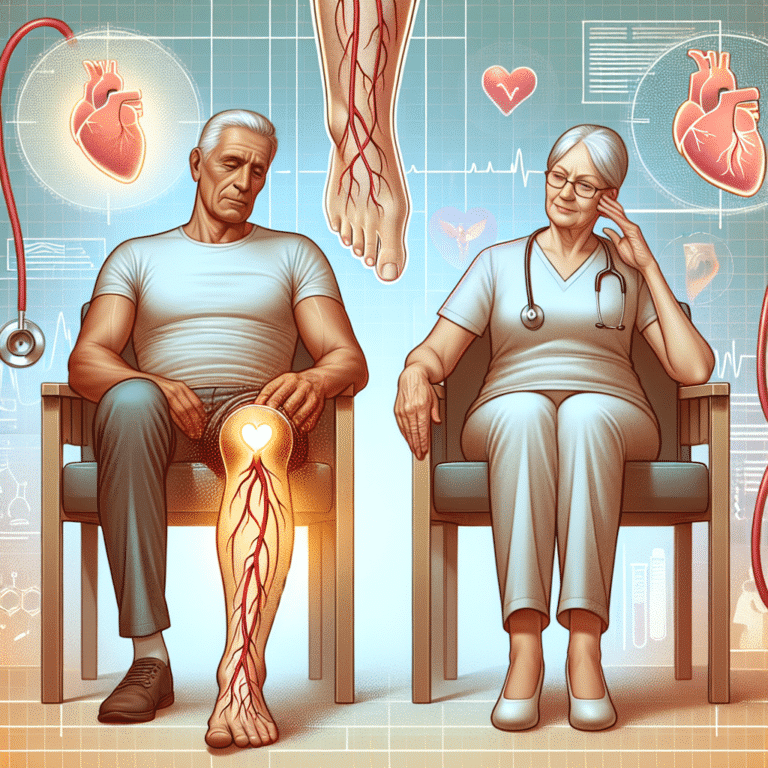New research shows higher risk of leg amputation in younger patients with severe peripheral artery disease following emergency surgery.
- People in their 50s with severe peripheral artery disease (PAD) may have a higher risk of leg amputation within one to five years after emergency surgery compared to older individuals.
- Symptomatic PAD causes painful cramping in the lower extremities and is linked to modifiable risk factors such as smoking, diabetes, hypertension, and abnormal cholesterol levels.
- A study found that older patients who underwent surgery to restore blood flow had a lower risk of major amputation after the surgery, while the risk of death increased, regardless of elective or non-elective surgery.
- The study highlighted the importance of early diagnosis and treatment for PAD to prevent amputation and other complications, emphasizing the need for a coordinated care approach.
- Limitations of the analysis included lack of data on subsequent surgeries, disease severity, and demographics such as race or ethnicity, suggesting further research is needed to better understand the outcomes of PAD treatments.
Source link
Cardiology, General Surgery, Vascular Surgery, Peripheral Arterial Disease (PAD), Amputation Risk, Leg Surgery, Elderly Patients, Risk Factors.


